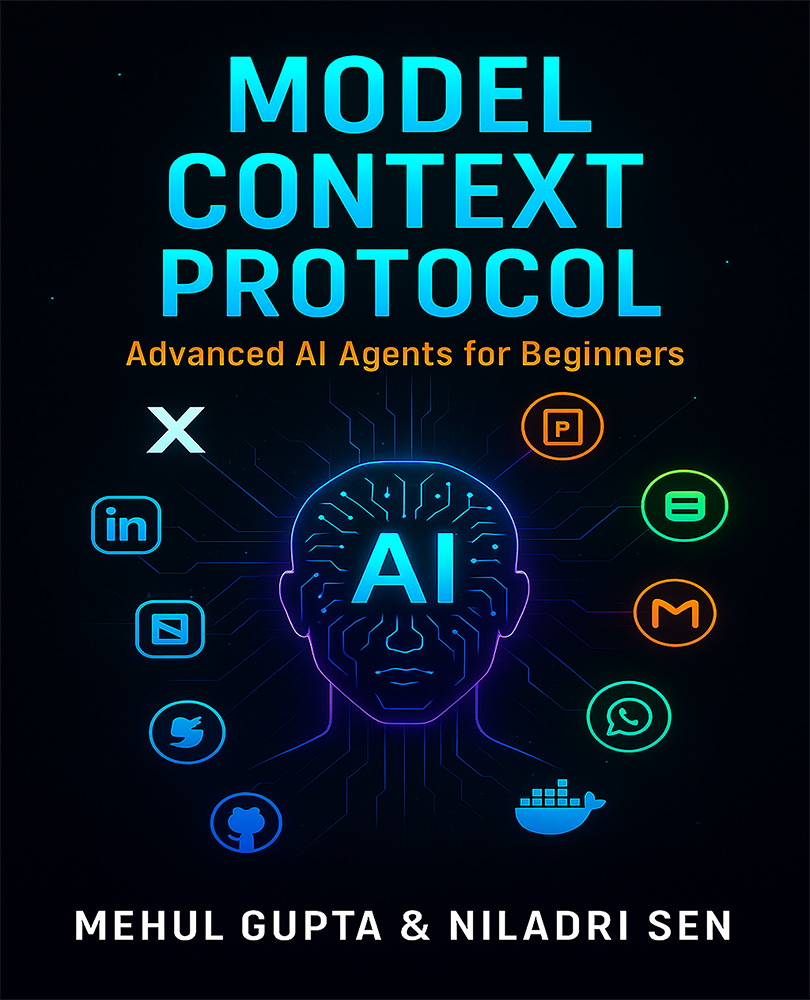In this article written by Gurpinder Singh, author of the book Troubleshooting Citrix Xendesktop, the author wants us to learn about the following topics:
- Hosted shared vs hosted virtual desktops
- Citrix FlexCast delivery technology
- Modular framework architecture
- What's new in XenDesktop 7.x
(For more resources related to this topic, see here.)
Hosted shared desktops (HSD) vs hosted virtual desktops (HVD)
Instead of going through the XenDesktop architecture; firstly, we would like to explain the difference between the two desktop delivery platforms HSD and HVD. It is a common question that is asked by every System Administrator whenever there is a discussion on the most suited desktop delivery platform for the enterprises.
Desktop Delivery platform depends on the requirements for the enterprise. Some choose Hosted Shared Desktops (HSD)or Server Based Computing (XenApp) over Hosted Virtual Desktop (XenDesktop); where single server desktop is shared among multiple users, and the environment is locked down using Active Directory GPOs.
XenApp is cost effective platform when compared between XenApp and XenDesktop and many small to mid-sized enterprises prefer to choose this platform due to its cost benefits and less complexity.
However, the preceding model does pose some risks to the environment as the same server is being shared by multiple users and a proper design plan is required to configure proper HSD or XenApp Published Desktop environment.
Many enterprises have security and other user level dependencies where they prefer to go with hosted virtual desktops solution. Hosted virtual desktop or XenDesktop runs a Windows 7 or Windows 8 desktop running as virtual machine hosted on a data centre. In this model, single user connects to single desktop and therefore, there is a very less risk of having desktop configuration impacted for all users.
XenDesktop 7.x and above versions now also enable you to deliver server based desktops (HSD) along with HVD within one product suite. XenDesktop also provides HVD pooled desktops which work on a shared OS image concept which is similar to HSD desktops with a difference of running Desktop Operating System instead of Server Operating System.
Please have a look at the following table which would provide you a fair idea on the requirement and recommendation on both delivery platforms for your enterprise.
|
Customer Requirement
|
Delivery Platform
|
|
User needs to work on one or two applications and often need not to do any updates or installation on their own.
|
Hosted Shared Desktop
|
|
User work on their own core set of applications for which they need to change system level settings, installations and so on.
|
Hosted virtual Desktops (Dedicated)
|
|
User works on MS Office and other content creation tools
|
Hosted Shared Desktop
|
|
User needs to work on CPU and graphic intensive applications that requires video rendering
|
Hosted Virtual Desktop (Blade PCs)
Unlock access to the largest independent learning library in Tech for FREE!
Get unlimited access to 7500+ expert-authored eBooks and video courses covering every tech area you can think of.
Renews at $19.99/month. Cancel anytime
|
|
User needs to have admin privileges to work on specific set of applications.
|
Hosted Virtual Desktop (Pooled)
|
You can always have mixed set of desktop delivery platforms in your environment focussed on the customer need and requirements.
Citrix FlexCast delivery technology
Citrix FlexCast is a delivery technology that allows Citrix administrator to personalize virtual desktops to meet the performance, security and flexibility requirements of end users.
There are different types of user requirements; some need standard desktops with standard set of apps and others require high performance personalized desktops. Citrix has come up with a solution to meet these demands with Citrix FlexCast Technology.
You can deliver any kind of virtualized desktop with FlexCast technology, there are five different categories in which FlexCast models are available.
- Hosted Shared or HSD
- Hosted Virtual Desktop or HVD
- Streamed VHD
- Local VMs
- On-Demand Apps
The detailed discussion on these models is out of scope for this article. To read more about the FlexCast models, please visit http://support.citrix.com/article/CTX139331.
Modular framework architecture
To understand the XenDesktop architecture, it is better to break down the architecture into discrete independent modules rather than visualizing it as an integrated one single big piece. Citrix provided this modularized approach to design and architect XenDesktop to solve end customers set of requirements and objectives. This modularized approach solves customer requirements by providing a platform that is highly resilient, flexible and scalable.
This reference architecture is based on information gathered by multiple Citrix consultants working on a wide range of XenDesktop implementations. Have a look at the basic components of the XenDesktop architecture that everyone should be aware of before getting involved with troubleshooting:

We won't be spending much time on understanding each component of the reference architecture, http://www.citrix.com/content/dam/citrix/en_us/documents/products-solutions/xendesktop-deployment-blueprint.pdf in detail as this is out of scope for this book. We would be going through each component quickly.
What's new in XenDesktop 7.x
With the release of Citrix XenDesktop 7, Citrix has introduced a lot of improvements over previous releases. With every new product release, there is lot of information published and sometimes it becomes very difficult to get the key information that all system administrators would be looking for to understand what has been changed and what the key benefits of the new release are.
The purpose of this section would be to highlight the new key features that XenDesktop 7.x brings to the kitty for all Citrix administrators.
This section would not provide you all the details regarding the new features and changes that XenDesktop 7.x has introduced but highlights the key points that every Citrix administrator should be aware of while administrating XenDesktop 7.
Key Highlights:
- XenApp and XenDesktop are part of now single setup
- Cloud integration to support desktop deployments on the cloud
- IMA database doesn't exist anymore
- IMA is replaced by FMA (Flexcast Management Architecture)
- Zones Concept are no more zones or ZDC (Data Collectors)
- Microsoft SQL is the only supported Database
- Sites are used instead of Farms
- XenApp and XenDesktop can now share consoles, Citrix Studio and Desktop Director are used for both products
- Shadowing feature is deprecated; Citrix recommends Microsoft Remote Assistance to be used
- Locally installed applications integrated to be used with Server based desktops
- HDX & mobility features
- Profile Management is included
- MCS can now be leveraged for both Server & Desktop OS
- MCS now works with KMS
- Storefront replaces Web Interface
- Remote-PC Access
- No more Citrix Streaming Profile Manager; Citrix recommends MS App-V
- Core component is being replaced by a VDA agent
Summary
We should now have a basic understanding on desktop virtualization concepts, Architecture, new features in XenDesktop 7.x, XenDesktop delivery models based on FlexCast Technology.
Resources for Article:
Further resources on this subject:
 United States
United States
 Great Britain
Great Britain
 India
India
 Germany
Germany
 France
France
 Canada
Canada
 Russia
Russia
 Spain
Spain
 Brazil
Brazil
 Australia
Australia
 Singapore
Singapore
 Canary Islands
Canary Islands
 Hungary
Hungary
 Ukraine
Ukraine
 Luxembourg
Luxembourg
 Estonia
Estonia
 Lithuania
Lithuania
 South Korea
South Korea
 Turkey
Turkey
 Switzerland
Switzerland
 Colombia
Colombia
 Taiwan
Taiwan
 Chile
Chile
 Norway
Norway
 Ecuador
Ecuador
 Indonesia
Indonesia
 New Zealand
New Zealand
 Cyprus
Cyprus
 Denmark
Denmark
 Finland
Finland
 Poland
Poland
 Malta
Malta
 Czechia
Czechia
 Austria
Austria
 Sweden
Sweden
 Italy
Italy
 Egypt
Egypt
 Belgium
Belgium
 Portugal
Portugal
 Slovenia
Slovenia
 Ireland
Ireland
 Romania
Romania
 Greece
Greece
 Argentina
Argentina
 Netherlands
Netherlands
 Bulgaria
Bulgaria
 Latvia
Latvia
 South Africa
South Africa
 Malaysia
Malaysia
 Japan
Japan
 Slovakia
Slovakia
 Philippines
Philippines
 Mexico
Mexico
 Thailand
Thailand














